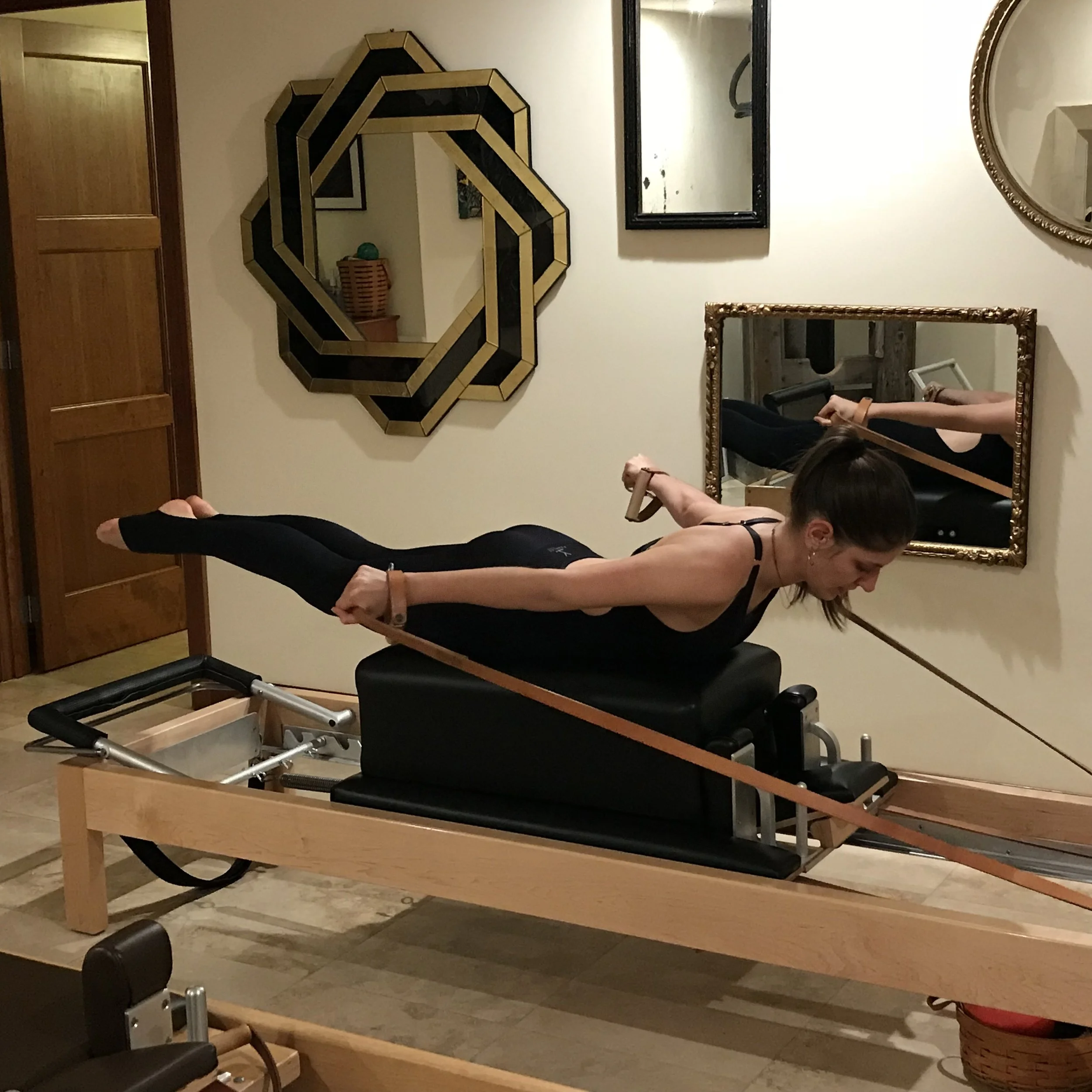Six Principles of Pilates
/What are the Six Principles of Pilates
Joseph Pilates set out to change the world with his exercise method, Controlgy. Today, almost 100 years later since its introduction, it is considered as one of the most effective and beneficial exercise methods to the mind, body and spirit. There are hundreds of exercises and several pieces of equipment that are involved in the Pilates repertoire. By establishing and practicing the following six principles which are the foundation of the Pilates exercise method, we will be that much closer to achieving ultimate health.
Joseph Pilates Principles of Contrology
Concentration
Control
Center
Precision
Fluidity
Breath
Concentration - Pilates Principle
Concentration requires both the ability to see the individual trees and the whole forest. In order to know what is going on in our bodies we need to be aware of all of the parts and how they work together. Performing an exercise is more than just moving our bodies. We need to be aware of how we are breathing, what muscles are engaging (or not), what position our body is in, how the movement makes us feel (release, pain, etc). By practicing concentration during Pilates, it will encourage us to be more mindful during our everyday activities to be more aware, graceful, injury free, and confident. Who doesn’t want to be more present?
Control - Pilates Principle
By practicing control, you are able deliberately perform the movement during exercise and during daily activities. In Pilates, your mind is in control of your body not the other way around.
Center - Pilates Principle
Centering means two things in Pilates. It means to focus the exercise from the core, or Powerhouse, of the body to perform the movement. This allows for strengthening of all muscles and protects the spine. To center also means to have the energy flow from the center out.
Precision - Pilates Principle
This principle requires the body to respond to the mind so that the movement provides the max benefit for each muscle group. By precisely controlling the movement you are able to achieve more uniform development. You can strengthen the weaker muscles, release tension in the overworked areas, and elongate tight muscles.
Fluidity - Pilates Principle
When we become fluid in our movement, we achieve grace and ease. When we have control and precision, we can flow from exercise to exercise. We are then connected fully both physically and energetically.
Breath - Pilates Principle
As Joseph Pilates said, breathing is the first act of life and the last and regardless of anything else we should learn how to breath correctly. Breathing is more than just air coming in and out of our lungs. It detoxifies our bodies and can help nourish our blood with oxygen. By coordinating our exercises with breath, we can get the most out of each movement.
Benefits of Practicing Pilates Principles
Dedication to daily practice of these six principles of Pilates will give you the opportunity to live a healthy life filled with grace, ease, and peace. This is why Joseph created his exercise method. If we each feel better as individuals we will function better as a society. Isn't that what we all want?






















